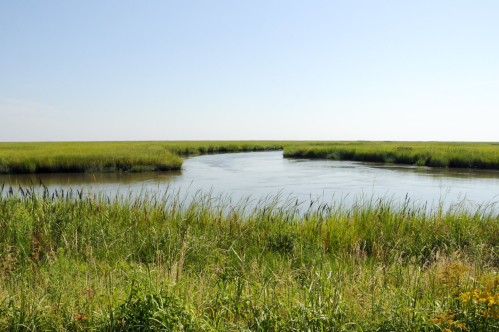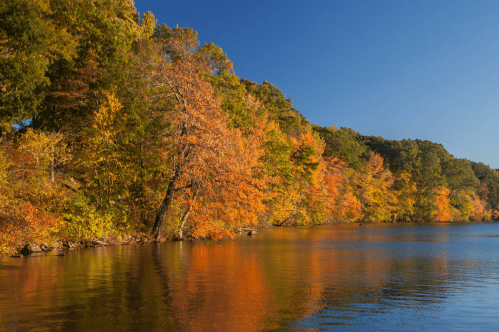As residents of Washington, we're fortunate to live in such a beautiful area. Pristine mountain ranges, lush forests, and sandy beaches make up the landscape of the Evergreen State, and there's no shortage of destinations to explore. Be that as it may, there is an unexpected guest in our lovely state. The name is Halyomorpha halys and it threatens to overstay its welcome.
Halyomorpha halys, better known as the Brown Marmorated Stink Bug, is an invasive pest with a voracious appetite.
So named for the foul odor they emit when threatened, the stink bug has seemingly crept into Washington overnight.
This variety of stink bugs is native to East Asia and is thought to have entered the United States in the late 1990s in shipping containers.
Although it shares features with native stink bugs, this variety poses a greater agricultural risk due to its broad host and ability to quickly reproduce.
In recent years, Washington State has seen a sharp increase in stink bug populations.
This is particularly worrisome, as the Brown Marmorated Stink Bug is known to have a wide host range of over 60 plant species.
Washington apples are considered a high-risk crop, as well as many field crops and ornamental plants.
Warm weather brings these pests out of their winter hiding spots.
If You Only Have One Day to Visit This Small Town in Maine, Here’s Everything You Absolutely Can’t Miss

If You Only Have One Day to Visit This Small Town in Massachusetts, Here’s Everything You Absolutely Can’t Miss

If You Only Have One Day to Visit This Small Town in Maryland, Here’s Everything You Absolutely Can’t Miss

Washington farmers and homeowners have probably noticed increased stink bug activity in the past two to three years. Early research has suggested the brown marmorated stink bug prefers certain building colors and materials over others. This could explain why some homes see a greater gathering of these pests than others.
The Brown Marmorated Stink Bug can cause serious damage to gardens and agriculture and they're not easy to get rid of.
Pesticides pose a risk to health and native insects so scientists have come up with more unconventional methods of pest control. In some states, Washington included, researchers have enlisted the help of the samurai wasp to control the stink bug population. The wasps lay eggs inside the stink bugs, destroying their eggs and developing larvae, thus minimizing the spread to new areas.
Nevertheless, there are ways to help control stink bug populations in and around your home.
In an effort to keep stink bugs from invading your home, block off points of entry by caulking around windows, doors, and crawl spaces. Be sure to repair window screens and reduce outdoor lighting that could attract bugs. Some homeowners recommend scooping any bugs you find around your home and yard into a bucket of soapy water.
Check out the Stop Brown Marmorated Stink Bug official website for more information on the stink bug surge in Washington. Do you have tips on keeping these pesky insects away? Let us know in the comments.
Subscribe to our newsletter
Get the latest updates and news
Thank you for subscribing!





























